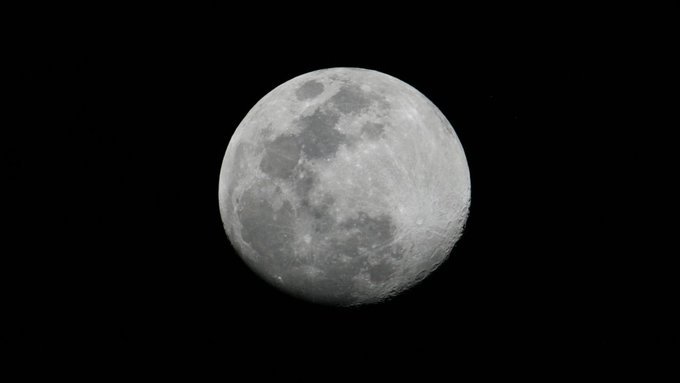Earth has captured a tiny object and pulled it into orbit.
— CNN (@CNN) February 26, 2020
It’s only the second asteroid known to orbit Earth. And while it won’t last, this asteroid acts as a temporary mini-moon whirling around our planet. https://t.co/5bnGZn3ppP
Kacper Wierzchos, a researcher with the Catalina Sky Survey at the University of Arizona’s Lunar and Planetary Lab, took to Twitter to make the announcement.
BIG NEWS (thread 1/3). Earth has a new temporarily captured object/Possible mini-moon called 2020 CD3. On the night of Feb. 15, my Catalina Sky Survey teammate Teddy Pruyne and I found a 20th magnitude object. Here are the discovery images. pic.twitter.com/zLkXyGAkZl
— Kacper Wierzchos (@WierzchosKacper) February 26, 2020
(2/3) The object has just been announced by the MPC and its orbit shows that it entered Earth’s orbit some three years ago. Here is a diagram of the orbit created with the orbit simulator written by Tony Dunn: pic.twitter.com/2wsJGtexiO
— Kacper Wierzchos (@WierzchosKacper) February 26, 2020
This is a big deal because out of over 1 million space rocks, this is only the second asteroid known to orbit Earth, after the 2006 RH120 asteroid.
The 2006 RH120 remained within the earth’s gravitational pull between September 2006 and June 2007 before it managed to wriggle free.

Even Twitter was amazed by this new discovery:
yaaay we have a mini moon :))) Is it useful? ;))))
— We Are The 99 ☭ (@perasvonja) February 26, 2020
Aww the moon had a baby 😊 pic.twitter.com/ZZEeVrsD72
— 3lly 3y (@3llyy3) February 26, 2020
Finally something positive and interesting 😀 hope it will have a nice stay 🙂
— AndiTheSlayer7🔥5 (@ASlayer7) February 26, 2020
So cool!
— Jade Clark (@JadeNYC) February 26, 2020
Wow. That’s amazing.
— Kimber Cockrill (@KimberCockrill) February 26, 2020
Helllllooo sweetie! Welcome to the neighborhood.
— Clio Dunn (@ClioDunn) February 26, 2020
I vote to keep it
— Robert Allen Belasco (@AllenBelasco) February 26, 2020
However, astronomers have also said that the new mini-moon orbit isn’t stable, which means, eventually, the 2020 CD3 might catapult itself away from Earth, just like the 2006 RH120 asteroid.

















